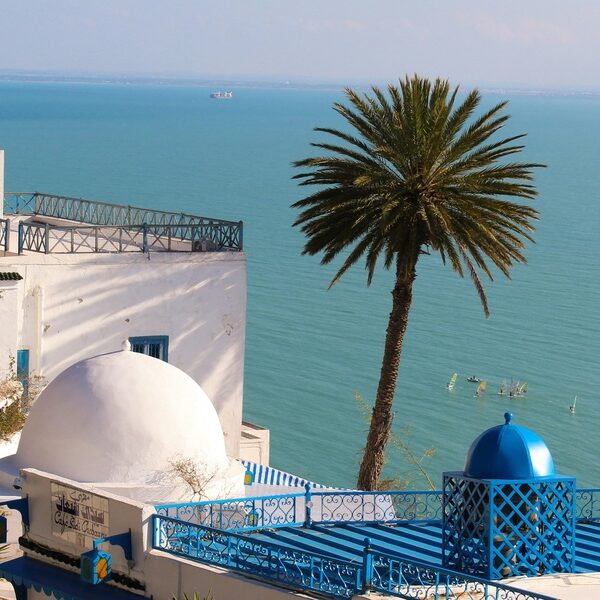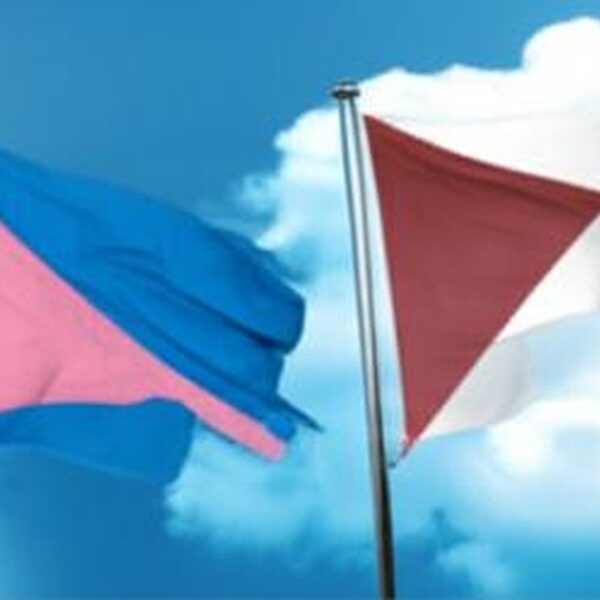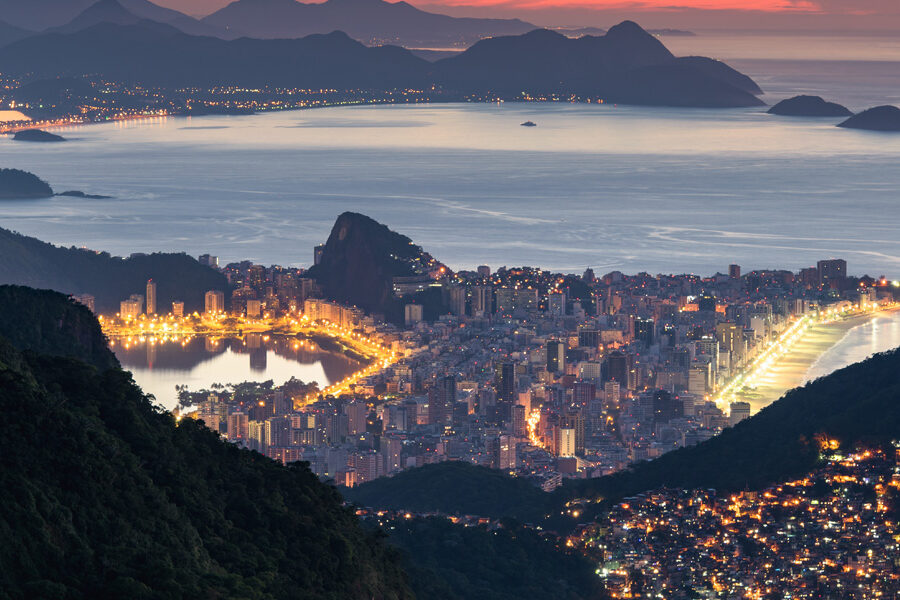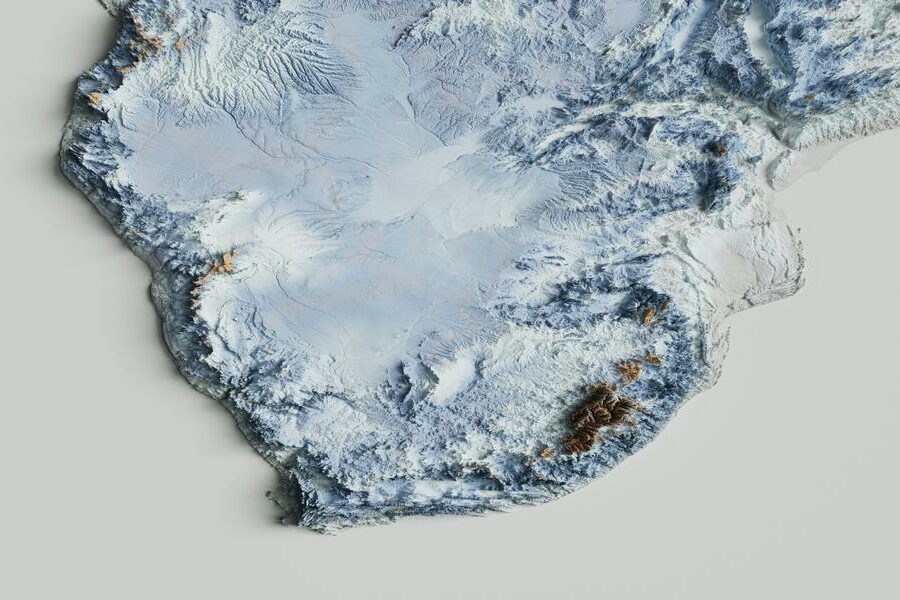The history of gulfs spans millions of years of geological change and centuries of human activity along sheltered coastal waters. Gulfs are semi-enclosed extensions of oceans or seas where land curves inward, creating protected basins with distinct currents, salinity, and ecosystems. They range from broad, deep basins teeming with offshore life to shallow, marsh-fringed inlets that nurture nursery habitats for fish and birds. Economically and culturally, gulfs have supported ports, fisheries, and energy industries, and they continue to shape regional livelihoods, navigation routes, and conservation priorities.
Context
Gulfs form through a mix of tectonic activity, sea-level change, and coastal erosion; many are former river valleys flooded by rising seas after the last glacial maximum. Historically, gulfs have been focal points for exploration, trade and settlement because their sheltered waters offered safe anchorage and access to inland regions. Scientifically, gulfs are important for studying coastal oceanography: restricted water exchange can produce unique salinity gradients, stratification, and circulation patterns. Ecologically, they host mangroves, seagrass meadows, and coral communities that support high biodiversity and commercial fisheries. At the same time, coastal development, pollution and offshore resource extraction have made gulfs central to modern environmental management and regional geopolitics.
Scope and coverage
This collection of Gulfs by Region encompasses a wide view of these coastal basins across climates and continents. The lineup includes large, open gulfs and smaller, highly sheltered bays; temperate and tropical examples; and both deep and shallow systems. Coverage focuses on physical characteristics (depth, circulation, salinity), ecological features (habitats, fisheries, biodiversity), and human dimensions (ports, historical trade routes, energy and conservation issues). Entries aim to describe typical patterns and regional differences without promising exhaustive treatment of every local detail.
Little-known facts about gulfs:
- Gulfs are defined as large coastal indentations partly enclosed by land but connected to the open ocean through a relatively narrow mouth.
- The Gulf of Mexico covers about 1,600,000 km², making it one of the largest gulfs linked to a single ocean basin.
- Many gulf coastlines support extensive mangrove forests and seagrass beds that act as nurseries for commercially important fish and crustaceans.
- Offshore areas in some gulfs, notably parts of the Persian Gulf and the Gulf of Mexico, underpin major oil and gas industries and extensive platform infrastructure.
- The northern Gulf of Mexico develops a seasonal hypoxic zone driven by river nutrient runoff, which affects fisheries and coastal ecology.
- Major port cities such as Houston, New Orleans and Dubai grew up on gulf coastlines and remain central to regional trade and industry.






